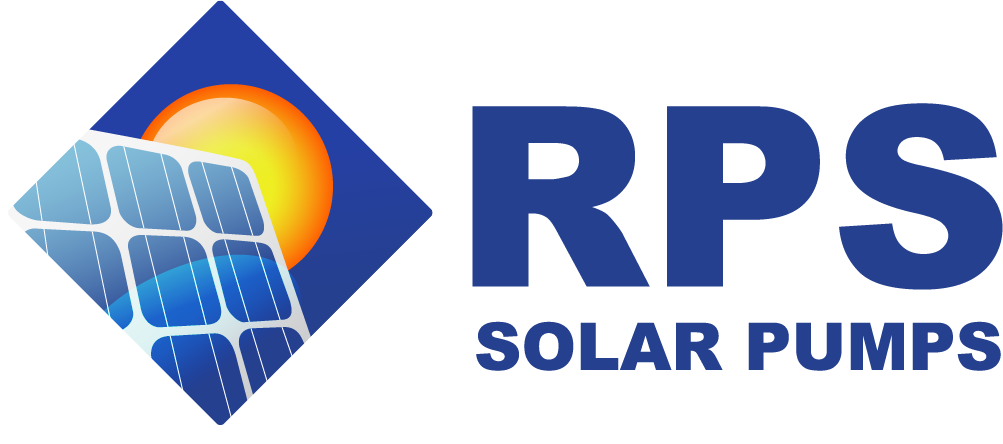Installing A Solar Fountain Pump To Fight Algae Growth | RPS F1600 Full Install Video
Today we’re out on location here at our lake behind us. It’s about a 12 acre lake and you can see we have a bit of algae growing in there. Today we’re going to be unboxing and showing you everything that comes with the F1600 Tri-Power Fountain system. Then we’re going to install it in the lake back behind us. We’ve had a recent algae bloom, and that’s due to multiple reasons. First of all, we’ve had warmer weather. Second of all, in the recent storm, we had some agricultural runoff, some fertilizer, get into the lake. By aerating the lake, it’s going to help get the water chemistry back in balance.
So back behind me in these boxes, we have what’s called our F1600 Tri-Power Fountain kit. In this case, it’s going to be the F1600 because we’re using 1600 watts of panels with it. We call it the Tri-Power because it can run on multiple power sources. Now our main mode is going to be our solar operation and that’s what we’re using here today. But if you like, you could also add 120 volt or 240 volt AC backup. I’m going to go over some of the major components of the system, but if you want to see a complete unboxing, click here.
Installation and setup of the F1600 is easy and intuitive. Simply start by removing the bolts on the top of the pump motor. When all four bolts and washers have been removed, remove the wire sheath on the pump end. This is achieved by removing the two Philips head screws on the bottom of the wire sheath. With the sheath removed, align the pump head on top of the pump motor, ensuring that the pump wires align with the space for the wire sheath.
Now replace the washers and bolts that you previously removed. This will join the pump motor and the pump together. With the pump, motor and pump head joined together, tighten down the bolts with a wrench. With the pump end and pump motor joined, now it’s time to replace the wire sheath. To do this, simply take the lips on the top end that have the grooves in them and slide them into the slot on the top of the pump. With the sheath in place, secure it down using the two Philips head screws that you’ve removed earlier.
With the sheath secured to the pump, we will now prepare our wires. Start by stripping all three wires coming off of the main pump wire. Next we’ll attach our pump wire to our extension wire. Start by stripping the outer jacket of your extension wire. Doing this, ensure you do not cut through the insulation of the inner wires to ensure the metal crimps do not touch one another. Your wires on the pump end have been cut at varying lengths. Measure these lengths against your extension wire and cut your extension wires accordingly.
Once you strip your extension wires, you’ll be ready for crimping. You’ll take all of your adhesive wire, shrink tubes, and place them over your wires. This will be impossible to do after crimping. Now you will crimp the extension wires and the pump wires together as shown here. With your wires crimped, move your heat-shrink tubing into place and use a heat source like a lighter or butane torch to shrink it down around your wires.
Now move your outer heat-shrink down, covering all of the connection areas and shrink that in the same fashion. With your splice protected by the shrink tubing, we will move on to the other end of the extension wire. Here we will prepare the wires as before. Strip the insulation around your hot wires as shown here. Now take that provided MC4 connector and cut it in half, stripping back both wires so you can crimp them onto your extension wire. Again, place your shrink tubing over your wire prior to crimping. Complete the splice in the shrink tubing in the same way as before.
So we connected our motor to our pump end and then we did our two electrical connections, our motor to our pump wire and our pump wire to our MC4 connectors. They’re going to plug into our DC disconnect and then go off to our panels. Next we’re going to do our plumbing connections. First, we’re going to use our reducing bushing to go into our pump and then our nipple, then our fountain float on top. And finally, in this case, our blossom nozzle. Now we’re going to be using a little bit of Teflon tape to seal up all the joints, but if you don’t want to, no problem. It’s okay if you get a little bit of water leaking here, It’s not going to affect the flow rate of your overall fountain. So we have all our plumbing connections done.
If we were going to use a weight in order to hold our pump in place, we attach it at this time. But today we’re not using a weight for this installation. Now, with our fountain out in the lake, we’re going to our final electrical connections. We’ve got our 20ft solar extension wire and our DC disconnect. We’re going to plug our solar extension wire into here, our pump into the bottom here. Then we’re going to take this wire and go plug it into our solar panels. Our solar panels were preconfigured all in one long chain.
So we have two final connections, one for the positive, one for the negative. We’ll hook that up, turn our DC disconnect and get the system running. Before we do that, let’s talk a little bit about system safety. So we do want to make sure the system is grounded using this ground wire that runs to our pump. We want to use a dedicated six foot or eight foot ground rod and then using the included clamp, attaching this green wire, the ground to the dedicated ground wire. Today, we won’t be installing this for the demonstration, but we’re going to come back out in a couple of days and we’re going to put the ground in. It is especially important if this is a pond you swim in or there’s boating activities around it.
We want to make sure that our whole system is grounded. I do like to mount this DC disconnect underneath the solar array. We could also put a post in the ground. It’s rated for outdoor storage. So with our electrical connections done, in a flip of a switch, our fountain powers on! So you can see, in about an hour we have our solar powered fountain set up, both looking beautiful on the lake and creating a healthy environment.
If you need one of these for your ponds or lakes, give us a call at 888-637-4493 or visit us at RPSSolarPumps.com

